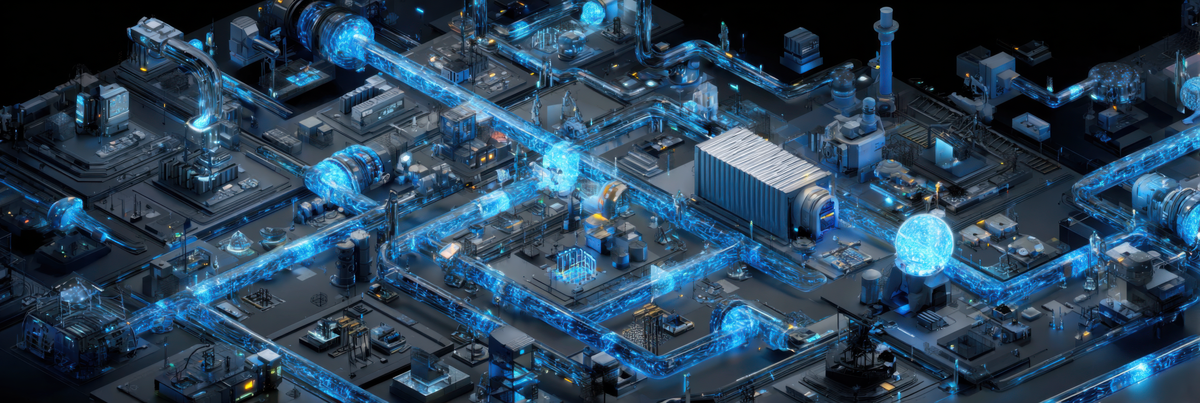AI Factories Meet Data Factories: Building the Supply Chains of Innovation
AI and Data are moving from projects to factories. By 2030, organizations will run AI & Data Supply Chains—where data products feed AI models, insights flow back, and repeatable cycles of innovation drive real business impact.

Over the past few years, we’ve seen organizations experiment with the concept of an AI Factory—a structured way to industrialize the development and deployment of AI. At the same time, data leaders have embraced the idea of data products and data fabrics to make data more reusable, governed, and available at scale.
It’s time to bring these two together.
From Projects to Production Lines
Think of how manufacturing evolved: from craft workshops to assembly lines, where processes were standardized and repeatable. We are witnessing a similar shift in data and AI. Instead of bespoke projects—each with its own tools, pipelines, and governance—organizations are moving toward industrialized AI + data factories.
In this model:
- Data factories prepare, refine, and package high-quality data products.
- AI factories consume these products, train and deploy models, and return insights back into the business.
- Together, they form a repeatable cycle of design → build → run → improve that can be scaled across business units.
Why This Matters
Today, most enterprises still lose time reinventing the wheel: rebuilding the same data pipelines, retraining similar models, solving governance issues in silos. The factory mindset replaces this with standardized components and shared services—cutting cost and time, while improving trust and compliance.
- Reusability: Once a data product or model is created, it can be reused across teams and industries.
- Governance by design: Security, privacy, and compliance are embedded, not added later.
- Scalability: New use cases move from idea to production in weeks instead of months.
What an AI & Data Supply Chain Could Look Like in 2030
By 2030, we could see organizations operating AI & Data Supply Chains much like today’s physical supply chains:
- Raw Material Layer: Data streaming in from IoT, transactions, documents, and external sources.
- Processing Layer: Data factories transform raw inputs into standardized data products, with metadata describing quality, lineage, and access.
- Assembly Layer: AI factories use these data products to build models, prompts, and agentic workflows.
- Distribution Layer: Insights, predictions, and autonomous agents are deployed back into operations, products, or customer channels.
- Feedback Loop: Usage data, performance metrics, and human feedback flow back into the chain, improving both data products and AI models.
Just as manufacturing supply chains depend on logistics, contracts, and quality control, AI & Data Supply Chains will depend on cloud platforms, distributed architectures, service meshes, and governance tooling.
The Call to Action
The shift from projects to factories is not about technology alone—it requires new operating models, new governance, and a mindset of continuous, repeatable innovation. Organizations that succeed will treat AI and data not as experiments, but as products moving along a supply chain.
By 2030, the companies that master this approach will be the ones creating new markets, not just keeping up with them.




